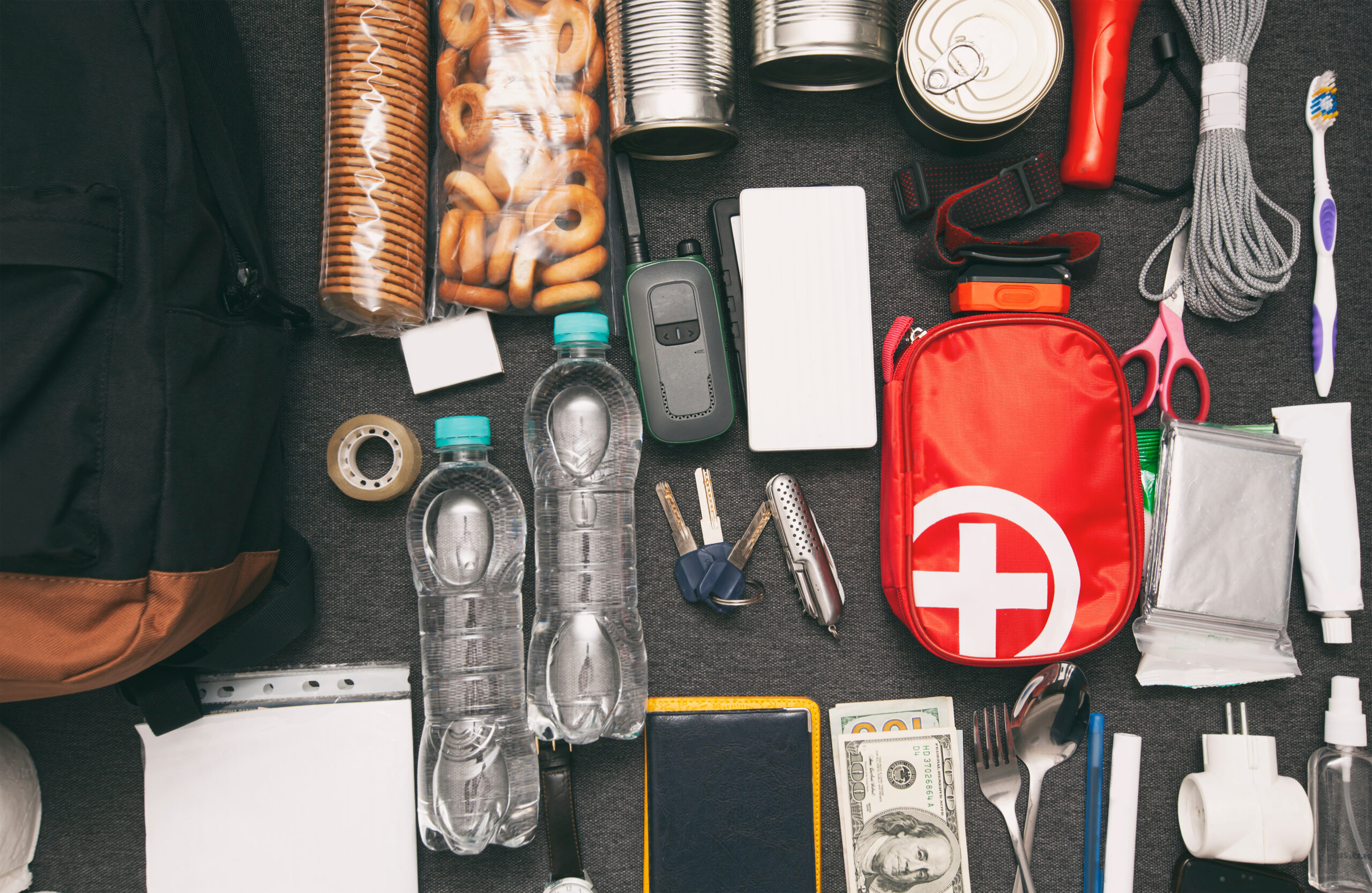The History of 72-Hour Kits
A 72-hour kit, also known as a “go bag” or “bug out bag,” is a collection of essential items that individuals and families assemble in advance to prepare for emergencies and disasters. The concept of having a 72-hour kit dates back to the early 20th century, but the practice gained widespread popularity in the late 20th century.
In the aftermath of Hurricane Andrew, which devastated southern Florida in 1992, the Federal Emergency Management Agency (FEMA) and other disaster response organizations began advocating for families to prepare for disasters by assembling a 72-hour kit. These kits typically include items such as non-perishable food, water, first aid supplies, flashlights, and a radio.
The idea of a 72-hour kit gained further traction after the terrorist attacks of September 11, 2001, and the widespread power outages that followed Hurricane Katrina in 2005. These events underscored the need for individuals and families to be self-sufficient for at least 72 hours in the event of a disaster.
Today, 72-hour kits are a common part of emergency preparedness plans, and many organizations and government agencies provide guidance on what to include in a kit. As disasters continue to occur around the world, the importance of having a 72-hour kit remains as relevant as ever.

Why do I need a 72 Hr. Kit?
It’s important to be prepared for unexpected disasters such as earthquakes, hurricanes, floods, wildfires, or any other natural or man-made calamities. A 72-hour kit is a pre-packed set of supplies and equipment that will help you and your family survive the first 72 hours of an emergency. Here are some reasons why having a 72-hour kit is crucial:
- Emergencies can happen anytime. Disasters can strike at any time, and it’s important to be prepared to evacuate your home quickly, or to survive for a few days without basic necessities. Having a 72-hour kit can ensure that you have essential items to keep you safe and comfortable during an emergency.
- First responders may not be able to reach you right away. During a natural disaster, first responders may not be able to reach you or your family right away due to blocked roads, downed power lines, or other obstacles. Having a 72-hour kit can help you be self-sufficient for a few days until help arrives.
- You may not have access to basic necessities. During an emergency, you may not have access to basic necessities such as food, water, shelter, or electricity. Having a 72-hour kit can help you meet your basic needs until you can access help or find other resources.
- Peace of mind. Knowing that you and your family are prepared for an emergency can provide peace of mind and reduce stress and anxiety during a crisis.
Essential items for Every Kit
- Water: Pack at least one gallon of water per person per day. You can also include water purification tablets or a filtration system.
- Non-perishable food: Pack enough non-perishable food for at least three days, such as canned goods, energy bars, dried fruits, nuts, and granola bars.
- First-aid Kit: Include basic first aid supplies such as bandages, antiseptic wipes, pain relievers, antacids, and any necessary prescription medications.
- Multi-purpose tool: A multi-purpose tool like a Swiss Army knife or a Leatherman can come in handy in various situations.
- Flashlight: Pack a reliable flashlight with extra batteries.
- Radio: Include a battery-powered or hand-crank radio to stay informed about the latest updates during an emergency.
- Warm clothing: Pack warm clothing and blankets to protect against cold weather.
- Personal hygiene items: Pack wet wipes, hand sanitizer, toothbrushes, toothpaste, and other personal hygiene items.
- Cash: Include some cash in small denominations and change to pay for essentials during an emergency.
- Whistle: A whistle can help you signal for help or locate other members of your group.
- Maps: Include a map of your area and a compass to help you navigate in case you need to evacuate.
- Copies of important documents: Pack copies of important documents such as passports, birth certificates, and insurance policies in a waterproof container.
- Cell phone charger: Include a portable battery charger for your cell phone or other electronic devices.
- Shelter: Pack a tent or a tarp to provide shelter during an emergency.
Remember to customize your kit to meet the needs of your family, such as including items for infants, pets, or individuals with special needs. Also, don’t forget to periodically review and update your kit to ensure that it remains effective and ready for use in case of an emergency.
Basic Checklist
- Waterproof bag. 20 liter for kids, 30-40 liter for adults
- Water bottle, water filter straw
- Freeze dried meals & snacks, tuna pouches, sardines, trail mix
- Hygiene kit: toothbrush/paste, travel shampoo, soap, wash cloth
- First aid kit (small compact for kids, larger for adults)
- Extra change of clothing & shoes including underwear (a size bigger for kids)
- Spare key to the car
- Headlamps/flashlights & batteries (solar powered lights)
- Handheld HAM radio – Get certified, phone charger
- Fire starter (matches, lighter, black beard fire starters)
- Mess Kit (can opener, utensils, cup, plate)
- Portable Camping Equip. (tarp, hand/foot warmers, emergency blanket, portable stove, mess kit)
